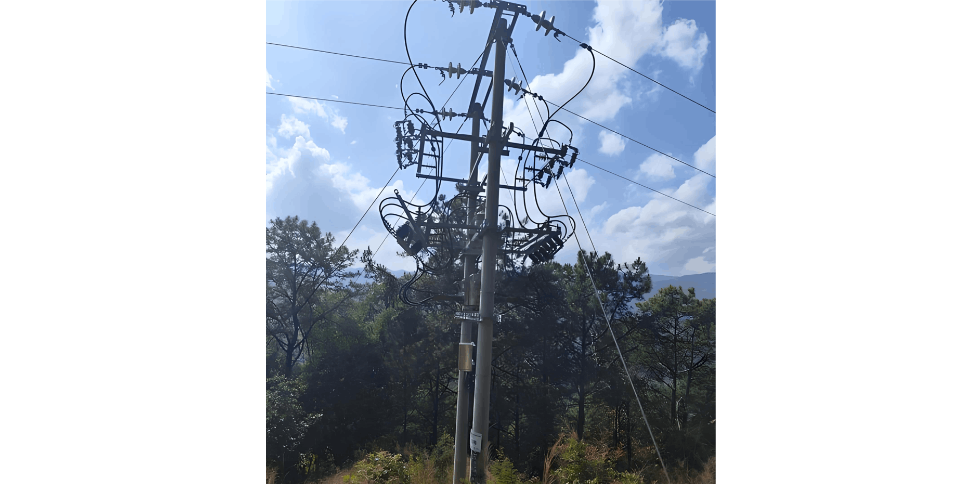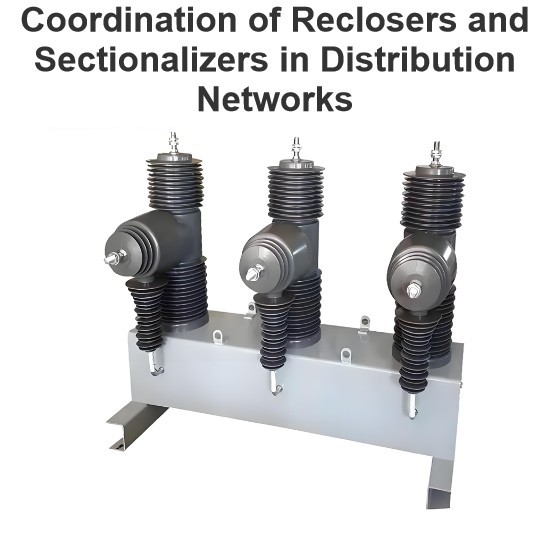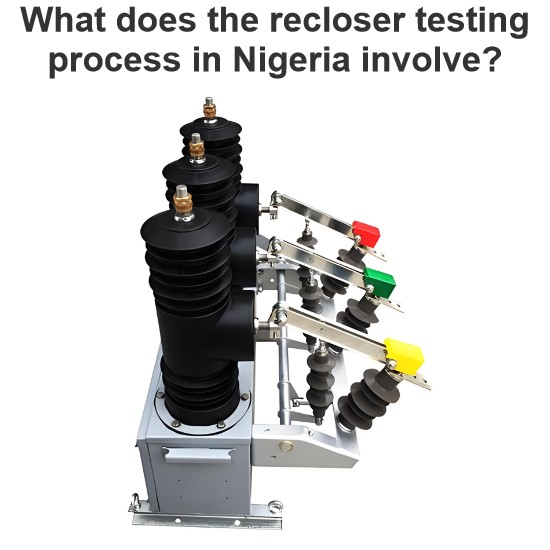When selecting reclosers for power distribution networks in Nigeria, several critical factors must be addressed to ensure reliable, efficient, and compliant operation. Here's a breakdown of key considerations:
1. Voltage Compatibility: 11kV Standards
Nigeria’s distribution grid widely operates at the 11kV voltage level. Reclosers must be rated for 11kV to seamlessly integrate into the network. This ensures they can handle the system’s voltage demands, whether in urban, rural, or industrial settings. Mismatched voltage ratings risk equipment failure, outages, or safety hazards.
2. SONCAP Compliance
The Standards Organization of Nigeria Conformity Assessment Program (SONCAP) is mandatory for electrical equipment imports. Reclosers must meet SONCAP’s safety, performance, and quality criteria. Manufacturers must provide certificates (e.g., Product Certificate of Conformity) to prove compliance. Skipping this step leads to import delays or rejections, delaying grid upgrades.
3. NERC Anti - Theft Requirements
The Nigerian Electricity Regulatory Commission (NERC) enforces anti - theft measures to curb power theft, a major grid challenge. Reclosers should include features like tamper - proof enclosures, secure locking mechanisms, or remote monitoring to detect unauthorized access. This protects equipment and ensures revenue protection by minimizing illegal connections.
4. Environmental Protection: IP65 Rating
Nigeria’s climate varies from humid coastal regions to dry inland areas. Reclosers must have an IP65 rating—protecting against dust ingress and low - pressure water jets. This shields internal components from moisture, sand, and debris, reducing corrosion and failure risks. For example, in Lagos’ rainy seasons or Kano’s dusty environment, IP65 ensures durability.
5. Industrial Load Demands
In industrial zones (e.g., Lagos Free Zone, Abuja Industrial Parks), reclosers face high - load, complex fault conditions. Select models with robust short - circuit current ratings and thermal capacity to handle frequent startups, heavy machinery, and potential faults. Features like fast - acting protection and adaptive reclosing sequences minimize downtime during faults, preserving industrial productivity.
6. Local Infrastructure and Maintenance
Nigeria’s grid infrastructure often has limited maintenance resources. Choose reclosers with user - friendly interfaces, modular designs, and local spare parts availability. This simplifies on - site repairs and reduces downtime. Partnering with manufacturers offering training for Nigerian utility teams ensures proper operation and troubleshooting.
7. Cost - Efficiency and Long - Term Value
Balance upfront costs with long - term value. While budget constraints exist, prioritize reclosers with proven reliability and low lifecycle costs. Cheaper, low - quality units may fail prematurely, increasing repair/replacement expenses. Evaluate total cost of ownership—including maintenance, spare parts, and energy losses—to make sustainable choices.
8. Grid Modernization Alignment
As Nigeria modernizes its grid, reclosers should support smart grid features (e.g., remote monitoring, IoT connectivity). This enables real - time fault detection, load management, and integration with advanced distribution management systems. Future - proofing selections ensures compatibility with evolving grid technologies.
Conclusion
Selecting reclosers for Nigeria requires a holistic approach: align with 11kV grid standards, meet SONCAP/NERC regulations, withstand environmental challenges, and suit industrial loads. Prioritizing compliance, durability, and future - readiness ensures reliable power distribution, supports economic growth, and strengthens Nigeria’s electricity infrastructure. By addressing these factors, utilities can deploy reclosers that deliver long - term value and contribute to a more resilient grid.















